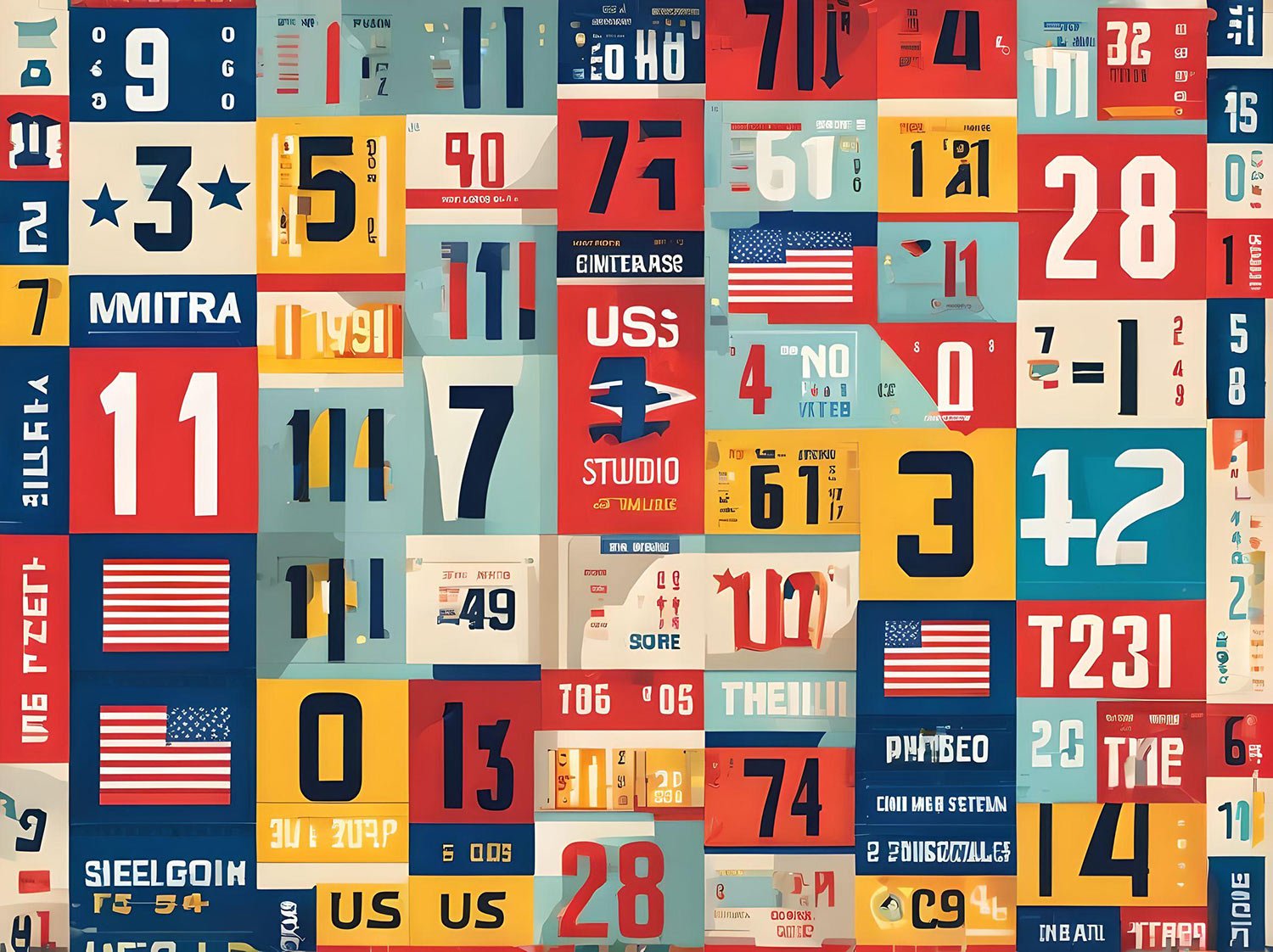Scoring Euchre: A Look at Regional Differences
For most Euchre players, the thrill of the game is in the strategy, the teamwork, and the ever-present risk of getting “Euchred.” But for those who are newer to the game or may play in different regions, the process of keeping score can vary more than one might expect.
Traditionally, Euchre games are played to either 10 or 11 points. Many Euchre players, instead of using paper and pencil to keep score, rely on some of the cards in the deck itself to keep score. It’s a handy and elegant solution that has stood the test of time. If you’re unfamiliar with this method, let’s break it down:
How Card Scoring Works
Each team tracks their points using two cards from the remaining deck after the trump suit is determined. These two cards, usually from a suit that isn't in play, help mark points. As one team scores, the cards are incrementally moved to display the total.
For example:
One card might be placed to show the number of points (1 through 5) based on its position relative to the other card.
Once a team reaches five points, the second card is flipped, and the first card resumes its role, marking 6 through 10.
Now, this is where regional traditions create some interesting differences.
Michigan: The 5s Tradition
In Michigan, many Euchre players use two 5s to keep track of the score. This method is well-known in the Mitten State and aligns with the common practice of playing to 10 points. One 5 starts face-up, and as points accumulate, the other 5 is turned and adjusted to show the current score. Simple, effective, and a classic Michigander move.
Indiana: The 6 and 4 Method
Just to the south, in Indiana, players often opt for a 6 and a 4 to keep score. This is also for games that go to 10 points, but it reflects a slight cultural difference between how Euchre players in these neighboring states approach scoring. It’s a quirky yet functional alternative to the Michigan 5s tradition and shows how even small shifts in state lines can influence how the game is played.
Wisconsin: Playing to 11
In Wisconsin, things are typically a little different. While games played to 10 still occur, more often than not games are played to 11 points. In these cases, Wisconsinites will keep score using a 6 and a 5 to mark their points. Cheeseheads think the additional point makes the game adds an extra layer of strategy as teams push for that final win.
Bicycle Cards Weighs In
Interestingly, Bicycle Cards has unintentionally weighed in on this matter also. When you purchase their Bicycle Euchre 2 Playing Card Decks in 1 (the official Euchre deck of the World Euchre Federation) it includes two 4s of spades and two 6s of diamonds (with only the spades and diamonds printed on them—no numbers). Presumably, these were inserted as score cards. If so, Bicycle Cards must prefer the Indiana method of scoring. Then again, this could merely be another regional influence. With Bicycle Cards’ headquarters in Erlanger, Kentucky, they might be more familiar with scoring using 4s and 6s. And for many, up until the introduction of the Bicycle Cards Euchre-specific deck, most Euchre players in the Midwest used Bicycle Cards’ pinochle deck. which has two blank cards in the deck and no cards for scoring because obviously pinochle is not scored the same way as Euchre.
What About You?
Euchre is a game of tradition, and scoring methods are often passed down through generations. The cultural divide between Michiganders using two 5s, Hoosiers favoring the 6 and 4, and Wisconsinites playing to 11 with a 6 and 5 is a small but fascinating example of how regional influences shape even the smallest details of the game.
So, what about you? Do you play to 10 or 11? And what cards do you use to score? Let us know how you keep score and whether your Euchre traditions align with these regional differences!
At the end of the day, no matter how you keep track, the love of Euchre brings us all together—whether you’re from Michigan, Indiana, Wisconsin, or beyond.

